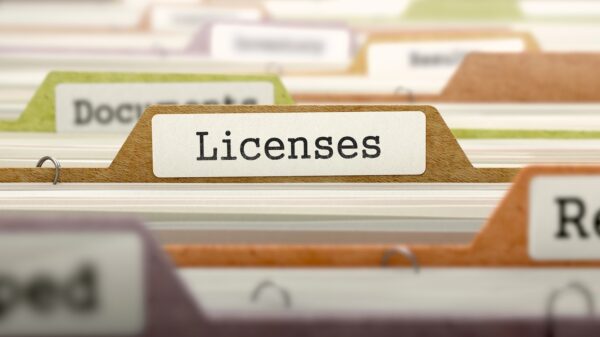Almost 1 out of 6 dentists have been, will be or are being embezzled.
In a recent post we outlined the profile of a typical embezzler and were troubled to discover they often look like model employees. So if embezzlement is a big risk but you can’t spot an embezzler by appearance, how do you know it’s happening? Fortunately even expert criminals leave red flags to help bring a problem to your attention. Some things to look for:
| Increase in: | Decrease in: |
| · Accounts Receivable | · Collections |
| · Patient adjustments | · Job performances |
| · Bad debt write-offs | Also look for: |
| · Refunds | · Employee lifestyle changes |
| · Overhead | · Disorganized books |
One major area of concern is Cash Receipts. Here the crafty embezzler can find many ways to siphon cash from your practice to her hand. One way is called “lapping.” In this method:
Patient A owes $400—pays $400—staff embezzles $400
Patient B owes $400—pays $400—payment is credited to Patient A
Patient C owes $500—pays $500–$400 is credited to Patient B; staff embezzles $100
At this point the accounts for Patients A and B look great. Patient C’s account shows he hasn’t paid but unless he receives a past due statement, he’s in the dark. The embezzler avoids that problem by continuing to post payments just in time to avoid past due balances and continues to drain a bit off the top when convenient. But your A/R will continue to rise. And you will often find patient accounts with incorrect balances—they just come to your attention in various ways. You may chalk it up to mistakes that happen from imperfect employees. But continued “mistakes” can be a big indicator of things more nefarious.
Be sure it’s standard practice that the patient receives a receipt at check-out, with account balance details if possible. These days, customers are often asked if they want their receipt and frequently decline. Don’t allow that. Just the fact that the staff member knows someone is seeing the posting helps deter them. Print out your Day-Sheet daily and keep them in a secure location only accessible by you. These should be reconciled to your appointment book and to your daily receipts. Checks should be electronically deposited daily. Cash should be taken to the bank daily or secured in some way. Credit cards should be batched out daily. The longer the delay in any of these tasks, the more opportunity there is for manipulation.
Just some key procedural steps and a little vigilance cuts down on key opportunities for theft—theft of your family’s income. Your practice is important in your life—be watchful of it! – Lynn Ledbetter




